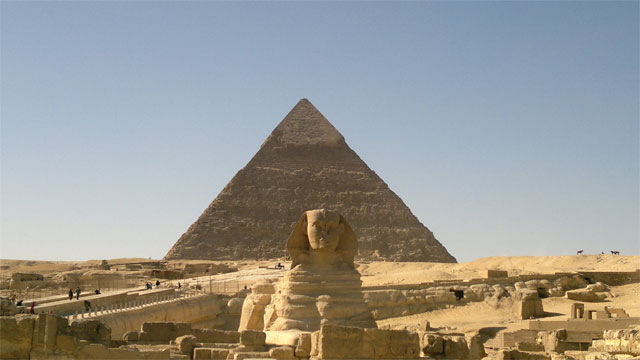The autumnal equinox is the hour hand that tells us what time it is in the Great Year.
Just as we can tell the hour of the day by noticing how high or low the sun is in the sky so do we tell time in the 24,000-‐year precession cycle by noticing the position of the sun relative to the twelve ancient constellations of the zodiac on this equinox.
Precession is observed as the sun slowly moving backward through each of the
twelve constellations at the rate of about 50 arc seconds per year. Most people are familiar with mention of the sun’s position on the Vernal Equinox: Four thousand years ago it was in Aires, then about 2000 years ago it entered Pisces, and very soon now it will be entering Aquarius. This is the meaning of the popular verse “The dawning of the Age of Aquarius”. This is precession.
But the fact is Great Year time is better told and measured by using the autumnal equinox. The reason for this is many of the ancient zodiacal wheels (clock faces of the Great Year) put Aires at the top in the 12 o’clock position, and made reference to
stars in this region as markers of a high age. For example, the Pleiades are very close to this spot (between Taurus and Aires). This mysterious constellation contains the star Alcyone, which is the harbinger of good times, “Oh, those Halcyon days!” And anyone that has visited Egypt can see the great respect given to Aires the Ram at many temples. Even the Greeks wrote of its influence in Jason and the Argonauts, those brave souls seeking Aires Golden Fleece; the consciousness worn by many in the Golden Age.
We also find in the Book of Job a reference to this point in the sky when Job says,
“Canst thou bind the sweet influence of the Pleiades or loose the bands of Orion”? Of course this is a rhetorical question and reference to the Golden age. The answer is, “No, we cannot stay with autumnal sun in this high constellation (and thus bind ourselves to the sweet influence of the Pleiades and the Golden Age) anymore than we can break apart the stars in Orion’s belt – it is a physical impossibility. The cycle of the ages must progress, just as the earth must orbit the sun and bring in the constant changing of the seasons. These celestial cycles are invincible!
For all this to make sense in a system where the sun clearly moves clockwise through the twelve constellations, the autumnal equinox must be the true hour hand. It can be seen to have reached the bottom of the clock (the six o’clock position, the depths of the dark ages) about 1500 years ago when it passed through Libra into Virgo. It reached this point after 12,000 years of decline and most of the great ancient civilizations were lost or destroyed. But since about 498AD it has been rising from the Kali yuga low point, and in around 1698AD it passed into the Dwapara yuga (ascending Bronze Age) bringing the light of better times, first manifest as the Renaissance. And now it can be seen approaching Leo, on its way back to better times, and eventually, the zenith of another Golden Age.
So once again, happy autumnal equinox!
By Walter Cruttenden
Director, Binary Research Institute
To learn more about this topic please join us at the 9thannual Conference on Precession and Ancient Knowledge this October 17-‐19 in Rancho Mirage, California. Our speakers include: Dr. Dean Radin, Walter Cruttenden, Dr. Robert Schoch, Laird Scranton, Marie D. Jones, Dr. Amit Goswami and many more! www.CPAKonline.com









